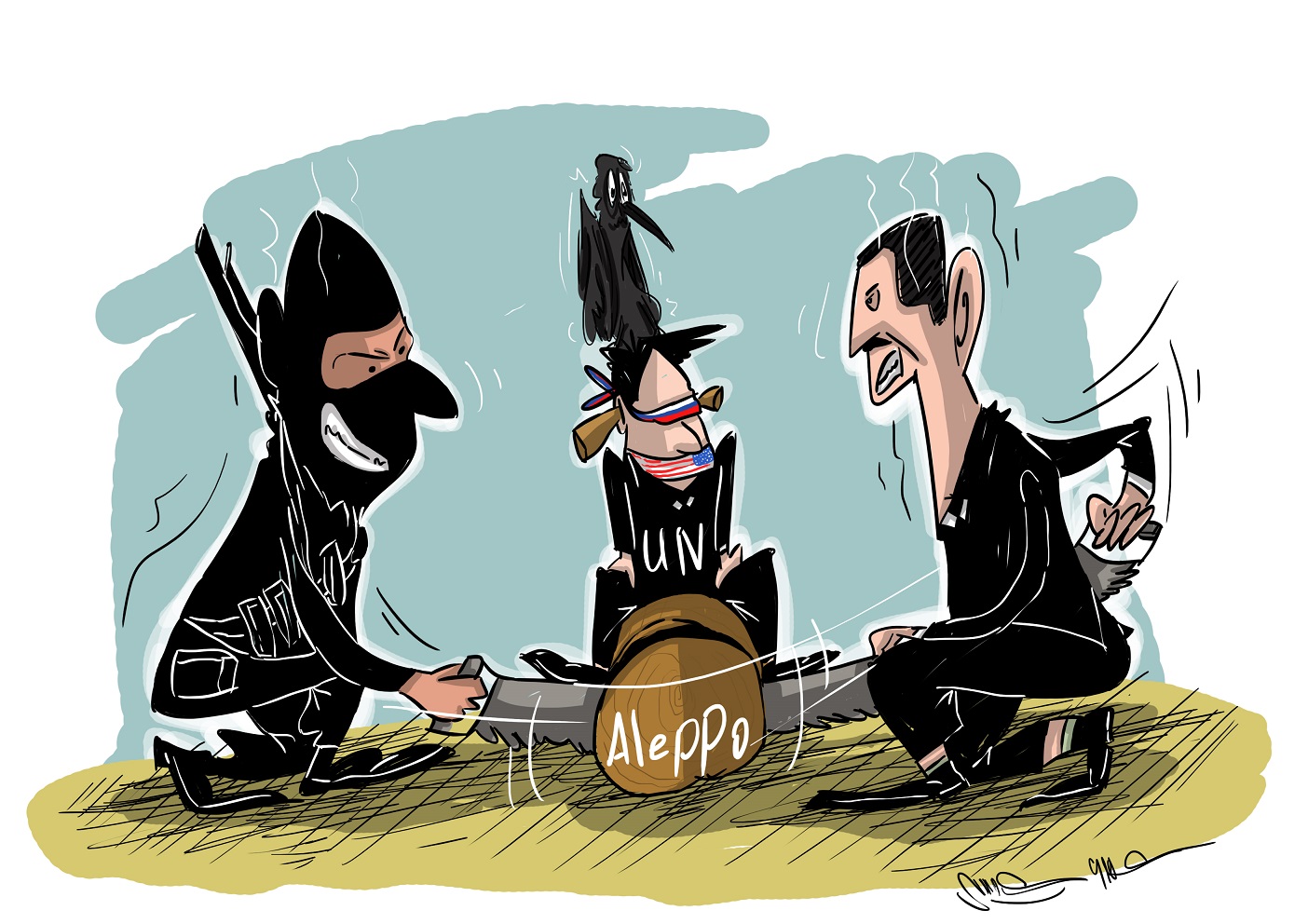CAIRO: The 32nd anniversary of Om Kulthoum’s (1898-1975) death last month raised the eyebrows of many, as TV viewers wondered why there were no special celebrations devoted to the event.
It’s was a good question to which staunch followers of Arab music programs on both radio and television had a very reasonable answer: any special celebration would have had very little effect.
Om Kulthoum, they would say, has been commemorated everyday since she passed away in 1975; she is eternally present in people’s hearts.
The Om Kulthoum Museum in Manial didn’t hold any special festival. Officials told The Daily Star Egypt that they organize a concert known as “Kulthoumiyat on the first Thursday of every month, the day in which the diva made her monthly performance.
Industry insiders realize that Kawkab Al Sharq (Planet of the Orient) as she used to be known has been celebrated in recent years more than ever before.
To expect the event to be the focus of TV channels is certainly a mistake despite airing six movies and scores of her songs on satellite TV channels.
But most of these channels do not offer much. Rarely would you come across a full recording of one of her interviews or footage from her private life.
The past decade, however, has witnessed a resurgence of interest in reviving the memory of Om Kulthoum. In late 2001 a museum displaying her personal affects including some rare photo, her glamorous dresses and a famous crescent-shaped brooch was inaugurated at the Manesterly Palace grounds in Manial.
When the Saudi-owned Rotana entertainment channels launched, it bought the rights to Om Kulthoum’s televised concerts and digitalized them. Every day two of her songs are beamed on Rotana Tarab, the channel devoted to classic songs, a significant development since most channels could not afford so much airtime.
In 2005 a group of Arab researchers put out an encyclopedia carrying her name. The tome was the outcome of devoted efforts by a diverse group of writers including Lebanese critics Ilias Sahab, Victor Sahab and Al Nahas brothers, all of whom are seasoned musicians and chroniclers.
Titled “Om Kulthoum: A Personal and Artistic Biography the book is the second one of its scope following Dr Nimat Fouad s 1980 500-page biography “Om Kulthoum, an Entire Age of Art.
Om Kulthoum is an integral part of a long-standing conflict that marked the history of Arabic music. The conflict was twofold, for, on one hand, it reflected the clash between religious singing (inshad) and worldly singing and, on the other hand, the influences of non-Arab music like Persian and Byzantine on Arabic singing. The story of the diva’s shift from the former to the latter was an important aspect of that dilemma.
The daughter of a “munshid (a religious chanter) who earned his living by singing in neighboring villages, Om Kulthoum was trained to follow her father’s tradition even though it was not customary for girls to tap into that field.
Om Kulthoum was also the only 20th century vocalist to have memorized and recited the Holy Quran, since this was a prerequisite to becoming a munshid.
It was also a time when other religious composers, performers and intellectuals made the shift to modernity. Surprisingly some of Om Kulthoum’s patrons were turbaned Sheikhs for whom she once performed at a sheikh-packed hall – an unusual occurrence even by today’s standards.
Another significant book about Om Kulthoum was Virginia Danielson s “Voice of Egypt released in 2003. It was the first study of its kind by a non-Arab writer, and was received with much fanfare.
The work, which took its author five years to complete, focused both on the diva’s talent and personality, and on the institutions that supported her era such as the existing music scene, the musical theater, the radio, the cinema and the opera, all of which had flourished as Om Kulthoum launched her career.
The American researcher saw that radio was an essential contributing factor to Om Kulthoum’s success and popularity. As early as 1939, the national radio began airing her concerts to the entire Arab world.
Danielson noted that the monthly event was a time when families gathered on both a national and regional fronts: Arab families came together and Arab nations united around Om Kulthoum’s voice.
But the phenomenon of Om Kulthoum, notes Danielson, could not be ignored by politicians and rulers. Her voice had been the emblem of the Egyptian royal court and her songs in praise of King Farouk – the last monarch to rule Egypt before the outbreak of the 1952 revolution – expressed the sovereign s popularity at the beginning of his reign.
The British colonizers too were not blind to her influence. During World War II they boosted their anti-Nazi campaigns prior to her concerts.
Interestingly Om Kulthoum was exploited by politicians when she was the least politically-minded of all the top artists of her era. Despite her support for Nasser and the military which ruled after 1952, she continued to maintain her apolitical stand, giving priority to her patriotic feelings.
